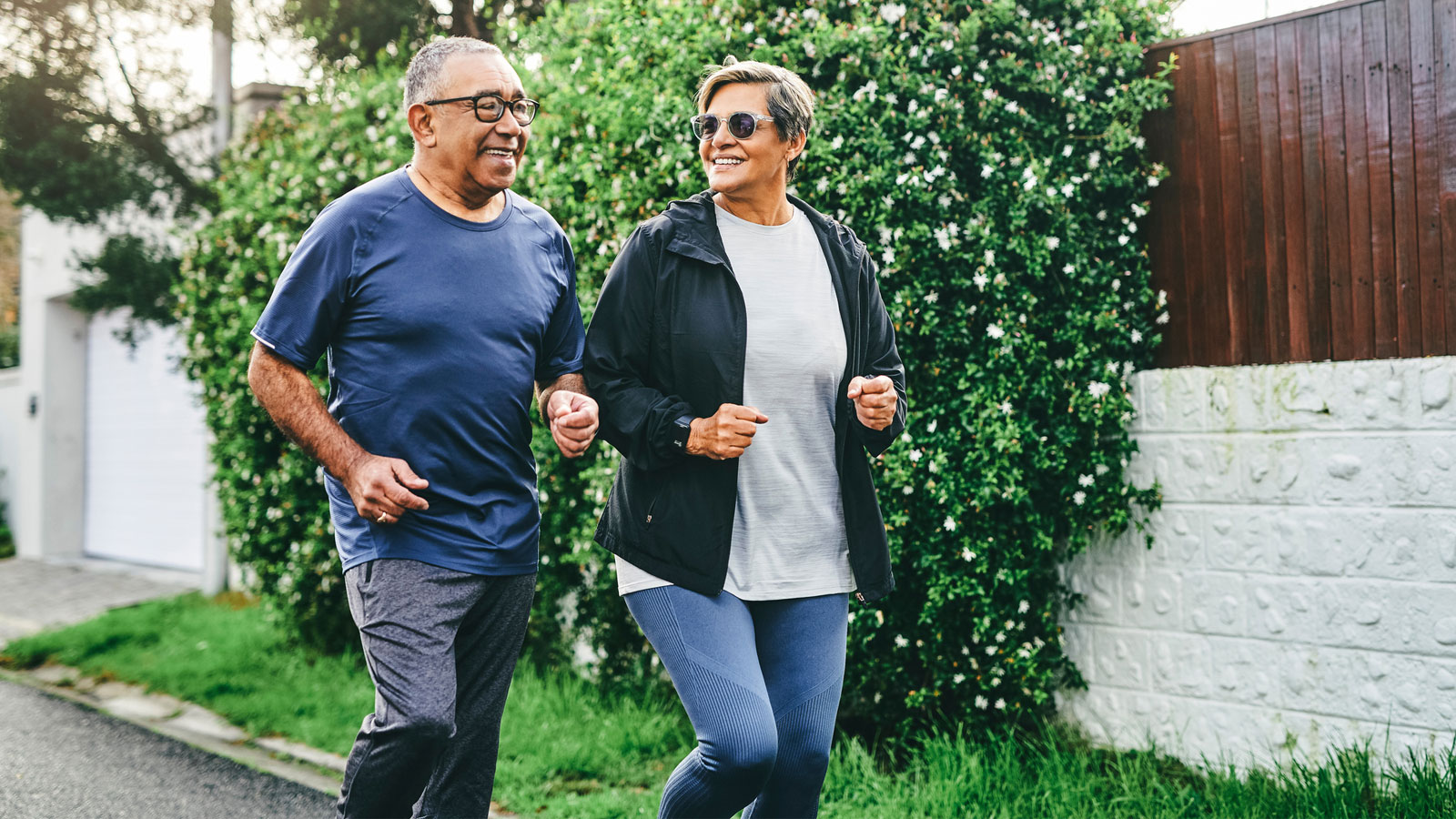4 Easy Ways to Treat and Prevent Runner's Knee
Whether you’re a leisure jogger or serious runner, there’s a good chance you’ve experienced knee pain at some point. Learn how to prevent and treat it.

By Christopher Chong, MD, CAQSM —Virtua Sports Medicine
Whether you’re a leisure jogger or serious runner who racks up the miles, there’s a good chance you’ve experienced knee pain, or “runner’s knee,” at some point.
Runner’s knee involves pain around or just underneath the kneecap. It develops slowly and may begin as swelling during or after running or pain going up and down stairs.
Fortunately, runner’s knee often can be treated at home. These tips can help you prevent runner’s knee, as well as alleviate knee pain, so you can get back on the road.
Make stretching a priority
Many runners have an imbalance between strength and flexibility in their muscles. After you’re warmed up, or once you’ve finished running and are still warm, stretch your hamstrings, quads, and iliotibial band (IT band)—the tissue that runs from your hip to your knee down the outside of the thigh—as well as your hips and calves. Holding the stretches for at least 30 seconds gives the best results, as tight hips and/or IT bands can lead to injuries and knee pain.
Strengthen your hips
When people complain of knee pain or injuries, it sometimes related to what’s going on at their ankles and hips as well. If you’re suffering from pain around the kneecap (patellofemoral pain), it means the area under the kneecap is inflamed. This could be from running incorrectly, which could be due to weak hips.
You can strengthen the hips with hip abduction exercises. An example would be to lie on one side with legs straight, and lift your top leg up in the air and then bring it back down. You also can strengthen the outside of the hips with an abduction (thigh) machine, where you’re seated and press weights with the outside of the thighs as you open your legs.
Ice to reduce inflammation
Ice is the best non-pharmaceutical anti-inflammatory out there, but not many people want to spend time icing their knees after a run. Icing helps prevent inflammation from happening in the first place—especially if you have inflammation from knee injuries or surgeries.
Do an “ice massage” for eight to 10 minutes along painful areas of the knee. To be most effective, place a towel over your leg and rub the ice in small circular motions on and around the knee until the area is cold.
Beware of bracing overuse
Bracing for pain restricts your body’s natural flow and function. Braces provide support in some cases, and are fine to use after knee surgery. But relying on knee braces can cause further weakness in those muscles and can cause other knee problems.
Avid runners or athletes should use braces only to help get back to their normal activity after surgery, and then, if possible, wean off them so the body can maintain normal muscle strength and motor control on its own.
For an in-office or telehealth video appointment with a Virtua sports medicine specialist, call 888-847-8823.
